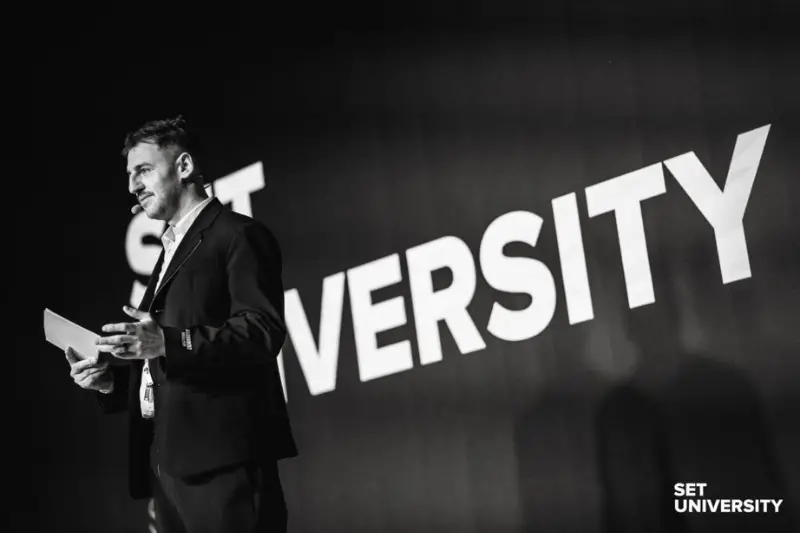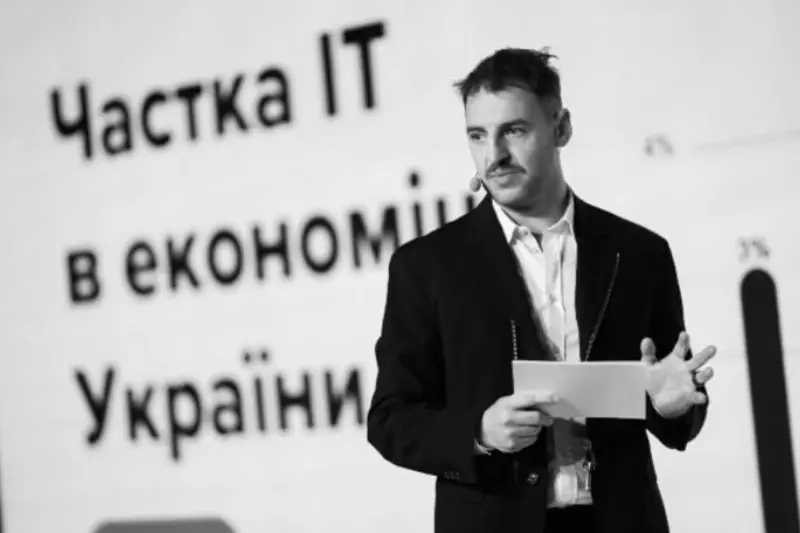Click here to get this post in PDF
According to Sergey Tokarev, a founding partner of Roosh, in the past, discussions around the topic of artificial intelligence (AI) have focused on the prospects for its development, reaching a level where it can replace the daily monotonous tasks performed by people. At the same time, it was believed that the creative professions could never be completely replaced by AI.
Today, according to Sergey Tokarev, we can expand this understanding of artificial intelligence. While AI does have the potential to automate many everyday tasks, its role is proving to be much more diverse. Instead of simply replacing monotonous activities, AI can collaborate with humans to empower and improve processes in a variety of areas, including the creative professions.
Therefore, instead of seeing AI solely in the context of human replacement, we can see it as a partner that complements and enhances our skills and creativity. AI can help us automate routine tasks, freeing up time and energy for more creative work. However, it is important to recognize that creativity and innovation remain unique human qualities that cannot be completely replaced by machines.
Thus, the development of artificial intelligence opens new opportunities for cooperation and expansion of human abilities but does not exclude the importance and value of creative professions and human contribution in various fields of activity.
What do we have today?
To date, there are already several projects that have gained popularity, including GPT-4, Dalle-E, and Midjourney. However, it is important to understand that these tools are not stand-alone but rather complement human intelligence.
According to Sergey Tokarev, the use of such programs can be implemented in different directions. For example, a person can put a task for a program, and it in turn will provide an answer or make a request, which can then be further processed by a person. Thus, the interaction between the person and the program occurs in the form of mutual support and cooperation.
Artificial intelligence programs such as GPT-4, Dalle-E, and Midjourney provide opportunities to expand and improve our intelligence, complementing our knowledge and abilities. They can be useful tools that help us solve problems and find information. However, they do not replace human awareness, creativity, and the ability to think critically, which remain unique characteristics of our minds.
Thus, using these programs can lead to a mutually beneficial interaction between man and technology, where each side contributes and complements each other.
AI in the creative field
According to Sergey Tokarev, modern creative people can manage the process of creating images, tasks, and other projects.
With the development of modern tools and technologies, creative people have access to convenient and intuitive tools that help them bring their ideas to life without the need for specialized skills in graphic design or image processing. This gives them more freedom and the ability to turn their creative vision into reality quickly and efficiently.
Thus, modern technologies allow creative people to focus on the creative process itself, express their ideas, and bring them to life without having to delve into the complexity of graphic editors and image processing programs. This greatly simplifies and speeds up the creation process and allows creative people to be more productive and efficient in their work.
According to forecasts made by Sergey Tokarev, in two years we will see significant breakthroughs and improvements in the field of artificial intelligence. However, despite all the progressive technologies, the human resource will remain indispensable. The importance of human input, intuition, and the ability to adapt to new situations will remain an enduring added value in technology.
Also read:
4 Main Types of Artificial Intelligence: Explained
The Role of Artificial Intelligence in Transforming Industries and Opportunities


